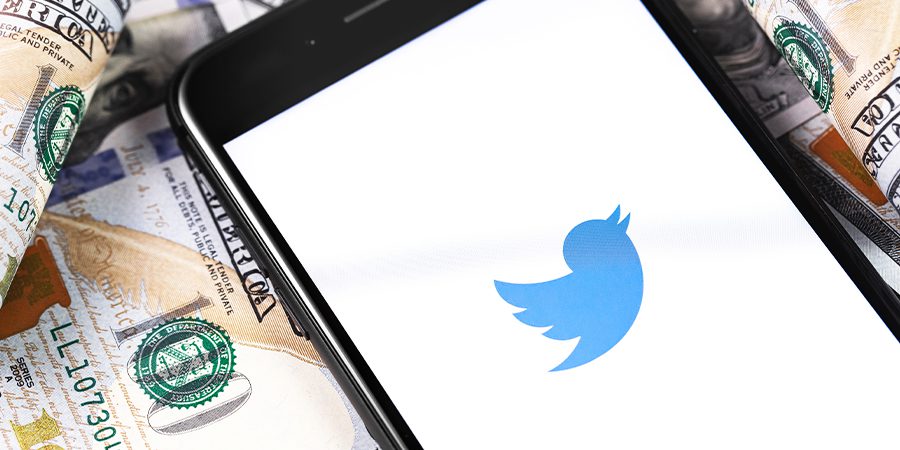In this article, we’ll explore the upcoming pay-per-article charging feature on Twitter, announced by Elon Musk, which offers media publishers an alternative way to monetize their content and provides users the option to access individual articles without subscribing.
Key Takeaways:
- Twitter plans to introduce a pay-per-article charging feature in May.
- Users can access individual articles from publishers without subscribing.
- This feature potentially offers a higher per-article price for publishers.
- Details on the feature, such as which accounts can offer per-article charging and Twitter’s commission, remain unclear.
- Twitter’s focus has shifted towards paid features to increase revenue.
Twitter’s New Monetization Strategy
Twitter has been seeking innovative ways to generate revenue while catering to the needs of its user base.
The introduction of the pay-per-article charging feature is a fresh approach to monetizing content on the platform.
This new strategy aims to benefit both publishers and readers by offering an alternative to traditional subscription models.
Publishers can potentially earn more from users who are not interested in a full subscription but still want access to specific articles.
How Pay-Per-Article Works
The pay-per-article feature, as announced by Twitter CEO Elon Musk, will allow users to access individual articles by paying a fee.
This system will enable readers who don’t want to commit to a monthly subscription to enjoy specific content from their favorite publishers.
While the per-article price may be higher than the cost of a subscription, it offers flexibility to users who only want to read occasional articles.
The feature is designed to cater to a diverse audience and encourage more people to consume content on Twitter.
Uncertainties Surrounding the Feature
Despite the excitement surrounding this new feature, there are still several unanswered questions.
For instance, it is unclear which accounts or media outlets will be able to offer pay-per-article charging.
Moreover, the commission that Twitter will take from publishers has not been disclosed.
When Twitter replaced Super Follows with Subscriptions, the company announced that it wouldn’t take any money from creators for the first 12 months, with a 10% cut on subscriptions afterward.
It remains to be seen if the same rule will apply to the pay-per-article feature.
The Impact on Media Publishers and Users
If executed correctly, the pay-per-article feature could have a significant impact on the media industry.
Publishers may see increased revenue from users who would not have subscribed to their content otherwise.
Users will enjoy the freedom to access specific content without the commitment of a subscription.
This flexibility could encourage more people to read and engage with content on Twitter, benefiting both the platform and content creators.
However, some critics argue that this feature may lead to an increase in clickbait-style headlines or a focus on sensationalist content as publishers compete for readers’ attention and payments.
Twitter’s Shift Towards Paid Features
In recent years, Twitter has been implementing a variety of paid features to boost its revenue. The verification badge, for example, now comes as a perk for the $8-a-month Blue subscription.
Twitter has also shut down its free API, launching a new, paid version that users must pay for.
Enterprise customers may now pay up to $50,000 a month to access the new API, causing some organizations to end Twitter integration or leave the platform.
This shift towards paid features is a part of Twitter’s strategy under Musk’s leadership.
As the company continues to prioritize monetization, it is likely that we will see even more innovative paid features in the future.
Conclusion
Twitter’s pay-per-article feature is a bold move aimed at creating a win-win situation for media publishers and users.
By offering an alternative way to monetize content and providing users with the flexibility to access individual articles, this feature has the potential to transform the social media landscape.
As Twitter moves towards a more monetization-focused strategy, it will be interesting to see how these changes impact the platform and its users in the long run.
 Sections of this topic
Sections of this topic
















